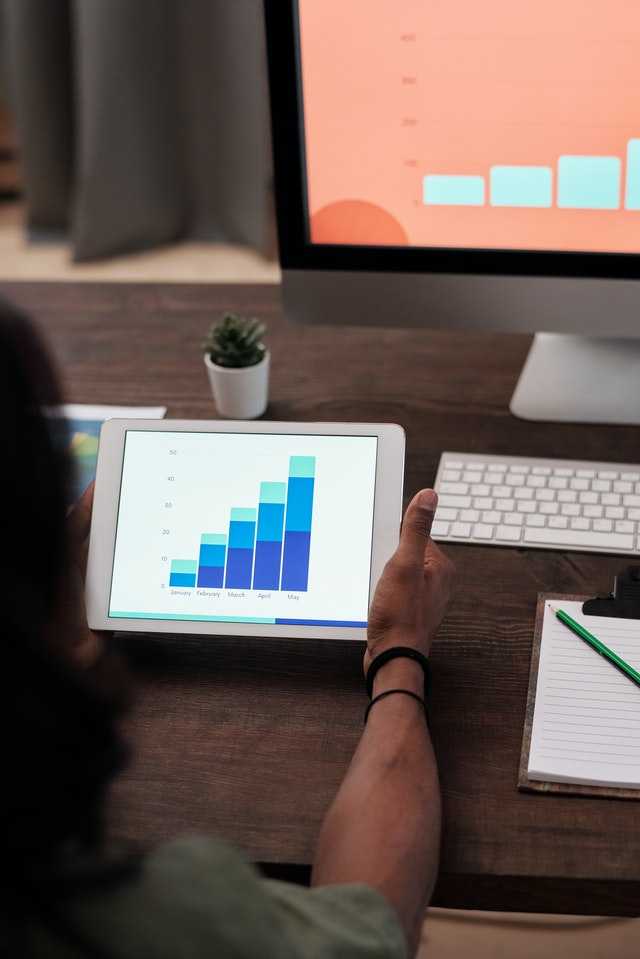How To Do Costing Of A Product

The cost incurred to create a product that will be sold in the market is defined as product costing. Materials, labor, and manufacturing overheads are all included in the price.
It is a component of the controlling module that is used to determine the cost of a product by determining a value that includes various internal costs.
.jpg)
What does a product cost mean?
It's a specialized skill. Because of their complicated structure, many people try to avoid it.
The purchase price, actual expenses, and production quantities are used to calculate the actual cost. To make management decisions and determine profit, actual costs are compared to standard costs.
Other significant variables that your valuing should reflect include how you're compared to your competitors and what your estimating system means for your business and your client's desires.
However, before you get too worked up about it, make sure you've established a reasonable starting point.
Components of Product Costing
#1. Expenses for Materials
Because material expenses are where the majority of the capital goes in terms of production, this component must be the most basic when it comes to calculating product costs.
Import duties, storage fees, freight costs, and other expenses directly related to the material acquisition are all included in material costs.
#2. Expenses for labor
This component includes overhead labor costs as well as all personnel costs associated with completing the product. Salaries, payroll expenses, and third-party services are all included in this category.
#3. Factory Overhead
These are expenses that aren't covered by direct material or labour costs but are still necessary for the final product's production.
Manufacturing supplies, utilities, rentals, repairs, and other indirect material or labor expenses may all be included in this category.
That is why overheads, which include indirect labor and material costs, are referred to as indirect costs.
.png)
Indirect Material
Indirect materials are those that are used in the manufacturing process but cannot be identified as raw materials.
Grease, oil, welding rods, glue, tape, cleaning supplies, and other indirect materials are examples of indirect materials.
Determining the exact cost of indirect materials used on a single item produced is difficult and not cost-effective.
Indirect Labour
Indirect labour refers to workers or employees who are required for the smooth operation of the manufacturing process but are not directly involved in the creation of a finished product.
Quality assurance teams, security guards, supervisors, and other workers in the manufacturing premises are classified as indirect labor, and the costs of their salaries, wages and other benefits are classified as indirect labor costs.
Other Factory Overheads
Factory overheads that do not fall into one of the two categories above can be classified as other factory overheads.
Electricity costs, for example, cannot be classified as either material or labor. Similarly, costs such as the depreciation of factory and equipment, insurance costs, property taxes on factory premises, factory rent or lease, utility costs, and so on.
#4. Taxes, Fees, and Duties
Taxes, duties, and fees were minor considerations when we first began sourcing solutions, but they became critical when we began doing business in China.
When it comes to customs, China, unlike most other countries, has a very complicated system. Even though they apply the three main types of taxes for importing products (value-added tax or VAT, consumption tax, and customs duties) in the same way that most countries do, the rules for each type of tax are very different from what is customary in other countries.
What is a cost sheet?
A cost sheet is a statement that lists the various components of a product's total cost and compares them to previous data. The cost sheet can be used to determine a product's ideal selling price.
What is the purpose of a cost sheet?
A cost sheet document can be created either with historical costs or with estimated costs. Based on the actual cost of a product, a historical cost sheet is created.
An estimated cost sheet, on the other hand, is created just before production begins and is based on estimated costs.
What is the formula for calculating the cost of a product?
The term "product cost" is used in managerial accounting to describe the total cost of manufacturing products or providing services.
The precise knowledge of the cost of production aids management in determining the product's price in order to achieve the desired profit margin.

Adding direct material costs, direct labor costs, and manufacturing overhead costs yields the product cost formula.
Product Cost = Direct Material Cost + Direct Labor Cost + Manufacturing Overhead Cost is how it's written in math.
The most important aspect of your expense is that it must support your business. If you value your items at a loss or an unrealistic overall profit, you will believe that scaling and developing them is difficult.
Author Bio
Contributor comprises full-time and freelance writers that form an integral part of the Editorial team of Hubslides working on different stages of content writing and publishing with overall goals of enriching the readers' knowledge through research and publishing of quality content.
Article Comments
No Comments!
At present there are zero comments on this article.
Why not be the first to make a comment?
Similar Articles
Sponsor
Search Articles
Experts Column
Latest Articles
Featured Articles
Most Popular Articles












